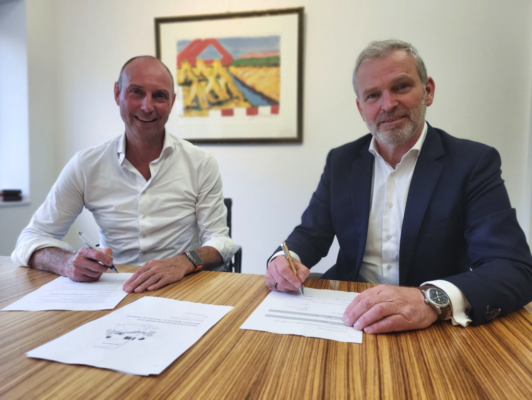Written by Ralph Koppers on December 4, 2019
The difference between information and informing

Thanks to the Medical Treatment Agreement Act (WGBO), patients have the right to clear information about possible examinations, treatments and their state of health. As of January 2020, the WGBO is changing where doctors must, among other things, provide more extensive information, for example, about "not treating. The purpose of this change is to further strengthen the patient's position.
So by law and regulation, informing patients seems well regulated. However, in daily practice this is somewhat disappointing. Patients indeed receive a lot of information, but often they are not really well informed. This has to do with the timing of offering information and the form in which this information is offered.
Poor timing
The common and traditional way of offering information to patients is, "the doctor tells and the patient is a listener. The setting in which this takes place is the consulting room. The literature shows that the efficiency of this transfer of information is extremely poor. Patients remember only 20-40% of the information.
One of the reasons this percentage is so low has to do with timing. In the setting outlined above, the doctor determines the timing of information transfer. Patients are in a dependent role, with uncertainty and tension playing a major role during a doctor's visit. This is an extremely poor setting in which to absorb and process information. Almost all patients and loved ones who have experienced this will recognize and agree. Bad timing, in other words!
The form of the information
The second point concerns the form in which the information is offered. As stated, "the doctor tells and the patient is a listener. After the conversation, the patient is given a number of textual leaflets to take home. So here we are dealing with verbal and textual information. Scientific research shows that our brains are much better at remembering images than spoken word or textual information. In addition to our brains remembering images better, most people also think in images. Everyone will recognize this phenomenon from everyday life.
I will explain this using the following example. You have read a book and some time later go to the cinema to see the film adaptation of this book. The images you formed while reading the book never match the images used in the movie. Thus, spoken word and text is not a good form to offer medical information. The literature shows that visual information sticks much better and also prevents all kinds of wrong images from forming in the minds of patients and their loved ones.
From information to informing
Providing information alone, then, is not enough. Healthcare providers will have to go the extra mile and think about how they offer the information, or in other words, think about how to better inform. The focus will have to be on timing - which moment do I choose to offer information? - and the form of the information: visual rather than textual.
The end result of information versus informing is impressive: better understanding in less time - one image says more than a thousand words - and thus a more efficient process. Benefit for both patient and caregiver!



